
The Border Terrier, or BT as it is affectionately called, is small spunky terrier with a coarse, wiry double coat. He has dark lively eyes, a short muzzle, black nose and small ears. A Border Terrier is alert, active and agile, and because it was bred to hunt, it is capable of squeezing through narrow apertures and rapidly traversing any kind of terrain. The characteristic "otter" head with its keen eye, combined with a body poise which is "at the alert," gives a look of fearless and implacable determination characteristic of the breed.
Life Expectancy:
12-15 years
Energy Level:
High
Living Conditions:
Flexible but needs regular exercise.
Barking:
Heavy barker.
Exercise Needs:
Long walk or 20-30 minutes of yard play.
Breed Group:
Terrier
Size:
Small
Height:
10-11 inches
Weight:
11-16 pounds
Standard Hair Colors:
Red, grizzle and tan, blue and tan, or wheaten. A dark muzzle is characteristic
and desirable for Border Terriers.
National breed club:
The Border Terrier Club of America
The Border Terrier is one of several working terrier breeds to emerge along the borders of England and Scotland over centuries ago. This alert and plucky dog was developed especially to catch the foxes that caused so much damage to farmers' chickens and livestock. This dog is also adaptable to city life, provided he gets plenty of exercise. He's most interested in being with his owner, and is a good-natured and loving companion.
A Border Terrier is typically good-tempered, affectionate and easily trained. It is a very sociable breed, and can make an excellent companion for a child. However, their high energy level and rather rough play require constant supervision.
Border Terriers are active dogs with a high energy level. Plenty of play and exercise is a necessity for Border Terriers. A long walk or vigorous play within the yard for 20-30 minutes a day will keep them happy and fit. Borders also enjoy various activities such as flyball, agility, earthdog tests, tracking and obedience classes.
Borders are not guard dogs but superb and affectionate working/companion dogs who have need to share the living quarters and lives of their families. They do well in big cities, in small towns, or in the country. A fenced-in yard is ideal as its home, although a kennel run will also contain the Border Terrier. Tying him out in the yard is not recommended, because it often leads to constant barking.
The Border Terrier’s coats require some above-average maintenance to keep the double coats properly groomed. They are usually hand stripped twice a year, and should be brushed weekly. Clipping is not a recommended method of grooming since it does not remove the dead hair, but merely shortens it, softening the texture, fading the color, and encouraging noticeable shedding.
As a breed, Border Terriers are generally healthy. Conscientious breeders screen for hip dysplasia and eye problems. Spaying or neutering also makes them less prone to certain afflictions associated with their sexuality later in life; for example, mammary tumors or prostate disease.
The Boston terriers are less exciting in temperament compared to other terriers. If you would rather enjoy a more playful dog, a Yorkshire Terrier would be a better alternative especially if you have young children. The Australian terrier would also be an alternative for its boundless energy.
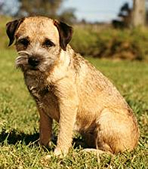
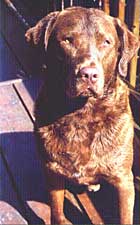 Chesapeake Bay Retriever
Chesapeake Bay Retriever
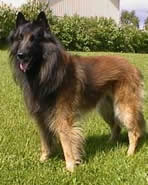 Belgian Tervurens: A guide to dogs and puppies of the Belgian Tervuren breed
Belgian Tervurens: A guide to dogs and puppies of the Belgian Tervuren breed
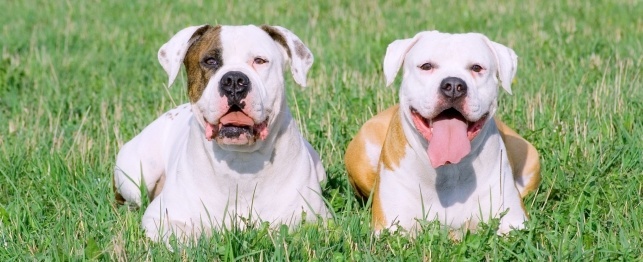 American Bulldog: Choosing an American Bulldog
American Bulldog: Choosing an American Bulldog
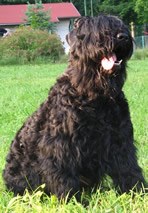 Black Russian Terriers: A guide to dogs and puppies of the Black Russian Terrier breed
Black Russian Terriers: A guide to dogs and puppies of the Black Russian Terrier breed
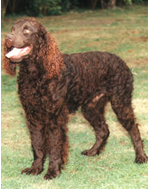 American Water Spaniels: A guide to dogs and puppies of the American Water Spaniel breed
American Water Spaniels: A guide to dogs and puppies of the American Water Spaniel breed
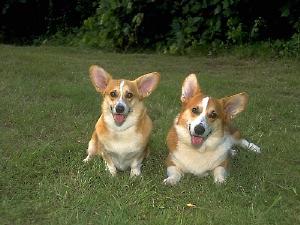 Welsh Corgi (Pembroke)
Welsh Corgi (Pembroke)
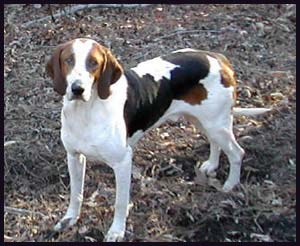 American Foxhound
American Foxho
American Foxhound
American Foxho
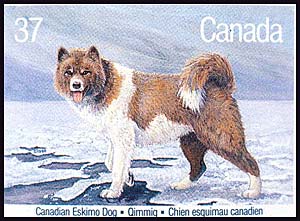 Canadian Eskimo
Canadian Eskim
Canadian Eskimo
Canadian Eskim
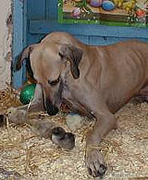 Sloughis: A guide to dogs and puppies of the Sloughi breed
The Sloughi!
Sloughis have fairly broad skulls with a wedge
Sloughis: A guide to dogs and puppies of the Sloughi breed
The Sloughi!
Sloughis have fairly broad skulls with a wedge
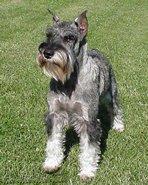 Standard Schnauzers: A guide to dogs and puppies of the Standard Schnauzer breed
The Standard Schnauzer!
The Standard Schnauzer breed began
Standard Schnauzers: A guide to dogs and puppies of the Standard Schnauzer breed
The Standard Schnauzer!
The Standard Schnauzer breed began
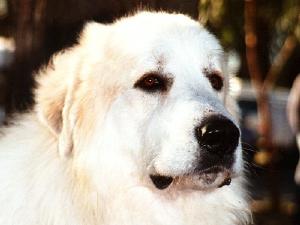 Great Pyrenees
Great Pyrenees
Great Pyrenees
Great Pyrenees
Copyright © 2005-2016 Pet Information All Rights Reserved
Contact us: www162date@outlook.com